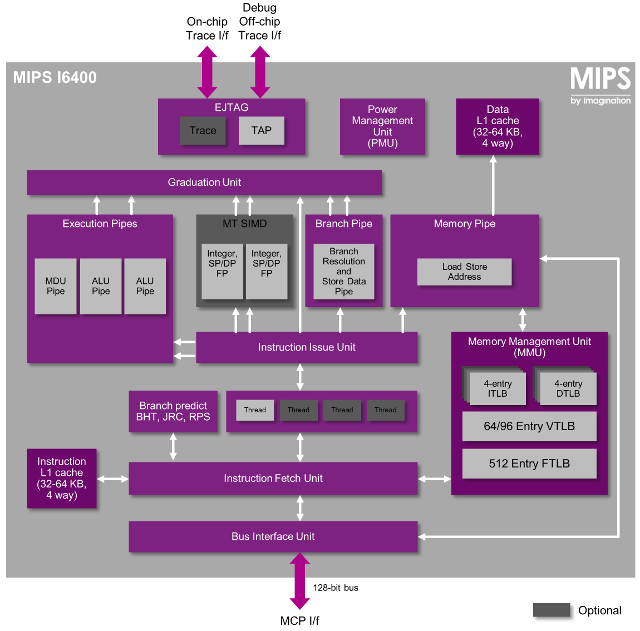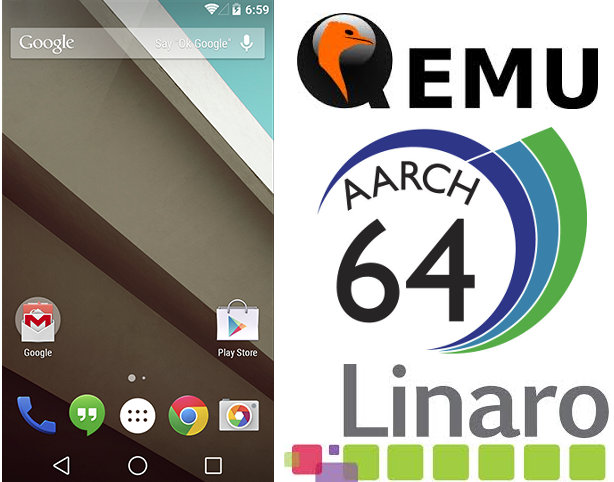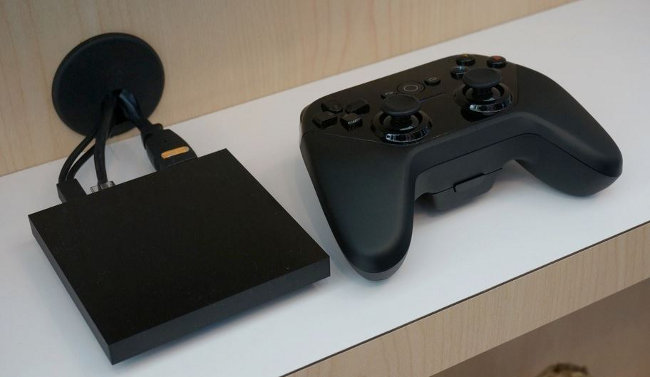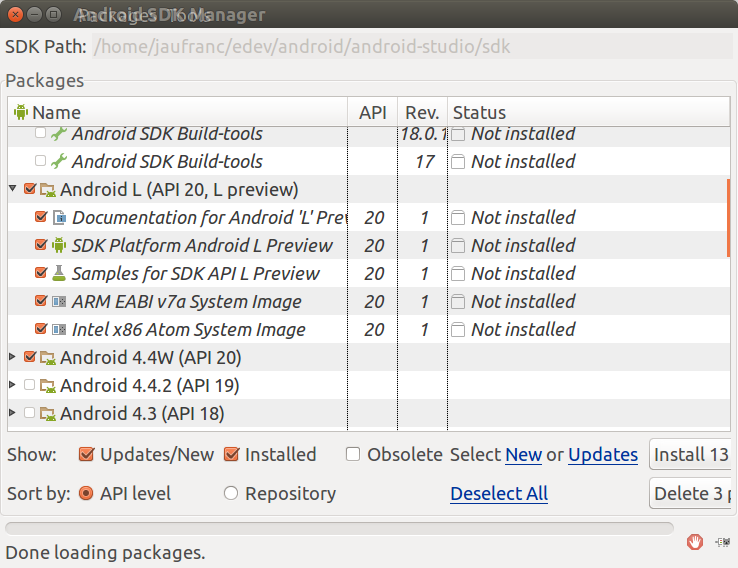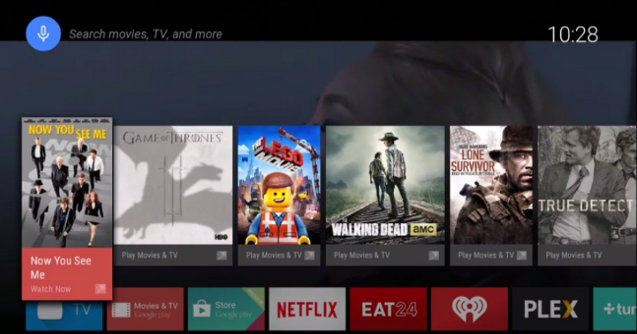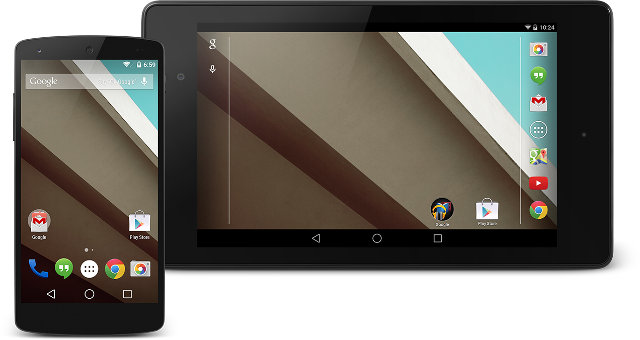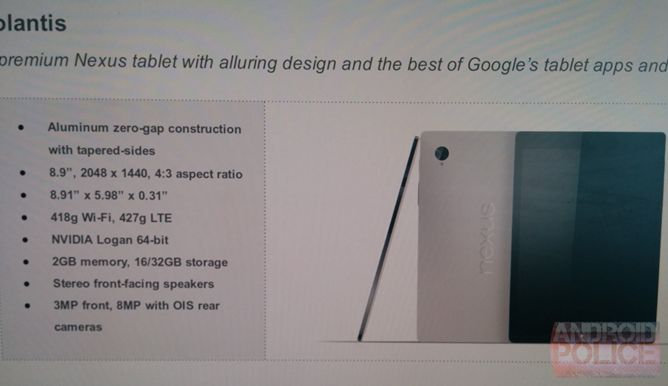Imagination technologies has just announced their MIPS I6400 64-bit core for applications including embedded, mobile, digital consumer, advanced communications, networking and storage. MIPS I-class I6400 CPU family features a 64-bit architecture, hardware virtualization, multi-threading, multi-core and multi-cluster coherent processing, and MIPS32 code will run on MIPS64. The key features of these MIPS64 cores are listed as follows: Efficient, scalable 64-bit performance – The company claims MIPS I6400 achieves over 50% higher CoreMark performance and 30% higher DMIPS compared to “leading competitors in its class”. Hardware multi-threading – Supports up to four hardware threads per core, and simultaneous multi-threading (SMT) technology leads to higher utilization and CPU efficiency. Preliminary benchmarking shows that adding a second thread leads to performance increases of 40-50% on benchmarks such as SPECint and EEMBC’s CoreMark, with less than a 10% cluster area increase. Hardware virtualization – Includes support for up to 15 secure/non-secure guests. Next-generation security […]
How to Build and Run Android L 64-bit ARM in QEMU
[Nov, 2014 Update: The method below does not seem to work anymore, but a 64-bit ARM emulator “emulator64-arm64” has now landed in AOSP, and updated instructions are available here]. Most people can’t afford Juno Cortex A57/A53 development board, and mobile processors based on the latest 64-bit ARM cores are only expected by early 2015. But thanks to a small team at Linaro, you can now build and run Android L 64-bit ARM in the latest version of QEMU that supports Aarch64. Alex Bennée, an engineer working for Linaro, wrote a blog post in Linaro’s Core Dump blog explaining the Android emulator is actually based on QEMU, the differences compared to mainline QEMU, the work they’ve done on Android L at Linaro, and most importantly, provided the basic steps showing how to build and try Android L 64-bit ARM (ARMv8) in QEMU. I’ve just done that, but unfortunately, albeit the builds […]
ADT-1 Google’s Android TV Developer’s Kit Details
Google announced Android TV a few days ago, and distributed ADT-1 hardware development kit to application developers during Google I/O. I could not find much details at the time, except it was powered by Nvidia Tegra processors. I’ve now noticed some developers have posted a few pictures and the device, Phandroid has posted the specifications, and I’ve found some interesting hardware limitations for Android TV decided by Google that kill some potential applications for the TV. Here are known hardware specifications for ADT-1 devkit: SoC – Nvidia Tegra 4 System Memory – 2GB RAM Storage – 16GB flash Video Output – HDMI Connectivity – Ethernet, 2×2 MIMO dual-channel WiFi, Bluetooth 4.0 USB – 1x USB host port, 1x micro (custom?) USB port for power and ADB (via an Y cable provided with the kit) Dimensions – Small 🙂 This Android L Android TV box looks tiny and comes with G1 […]
How to Try Android L Developer Preview in Ubuntu 14.04
As mentioned yesterday, Android L Developer Preview was about to be released, and this is now done with images for Nexus 5 “Hammerhead” and Nexus 7 “razor” available right now. However, if you don’t have either of these devices, or you’d rather not install a beta version on the phone you use everyday, you can still give a try in the SDK emulator. I’ve tried Android L myself in Ubuntu 14.04. Here’s what you have to do: Install Android Studio IDE in Ubuntu, and Create a new Project or open an existing project (Android Studio Version is now 0.61) Click on Tools->Android->SDK Manager in the top menu, and select the Android L (API 20, L Preview) packages as shown below, and click on “Install xx Packages” button. Accept the license as required, and click Install. This step can take countless hours… Now we’ll need to create a Virtual Device for […]
Google Formally Launches Android TV. Android TV Set-Top Boxes and TVs to be Available in H2 2014
After Android L for mobile devices, and Android Wear for wearables, Google also announced Android for your television at Google I/O 2014, and after definitely killing “Google TV”, renaming it to “Google Services for Smart TV”, the company went for the obvious and called it “Android TV”, which will get messy with all the Chinese “Android TV” boxes that do not run “Android TV” but simply “Android”… Google apparently used an Android TV reference platform (ADT-1) based on Nvidia Tegra 4 K1 at I/O to showcase their latest implementation of Android the the living room. I’ve embedded the video of the demo below, but the key part of the demo can be summarized as follows: Android TV’s “TV Input Framework” can overlay notifications and other data on top of various video sources such as HDMI, TV tuners, and IP TV receivers Voice control demo (with smartphone) with requests such as: […]
Google Releases Android L (Lollipop?) Developer Preview
Google I/O is taking place right now in San Francisco, and the company made several announcements. Although they have not announced the full codename of Android 5.0, referring to the next version as “Android L” (Lollipop would be nice though), but they’ve already documented the key changes made to Android L, and a developer preview will be released later today (26 June), together with binary images for Google Nexus 5 and Nexus 7. Beside the smartphone and tablet developer preview, there will be 3 other SDKs for Android L: Android Wear SDK – Android for wearables with sync notifications, wearable apps, data transfer APIs, and voice actions, e.g. “Ok Google, call mum”. Android TV Preview SDK – Android for TVs with pre-built fragments for browsing and interacting with media catalogs, in-app search, and recommendations. Android Auto SDK – Android for the car with apps featuring consistent user experience between vehicles, […]
HTC / Google Nexus 9 To Feature Nvidia Tegra K1 Dual Core 64-bit ARMv8 Processor
ARMv8 (64-bit ARM) architecture has been seen in servers, and announced in mobile SoCs, but, putting aside some Apple products, we have yet to see any consumer products based on the latest ARM architecture. But this will change soon, as HTC Volantis, which could become Google Nexus 9 based on the picture leaked via Android Police, will feature an “Nvidia Logan 64-bit” SoC, which can only be a Tegra K1 dual core ARMv8 SoC announced at CES 2014. HTC Volantis / Nexus 9 specifications: SoC – NVIDIA Tegra K1 (logan) dual core 64-bit Processor System Memory – 2GB RAM Storage – 16/32GB internal storage Display – 8.9″ Display at 2048×1440 (281ppi) Camera – 8MP main camera with OIS, 3MP front facing camera Audio – Stereo front-facing speakers Dimensions – 22.63×15.19×0.79cm Weight – 418g, or 427g with LTE The assumption is that it will be released as the latest major release […]


